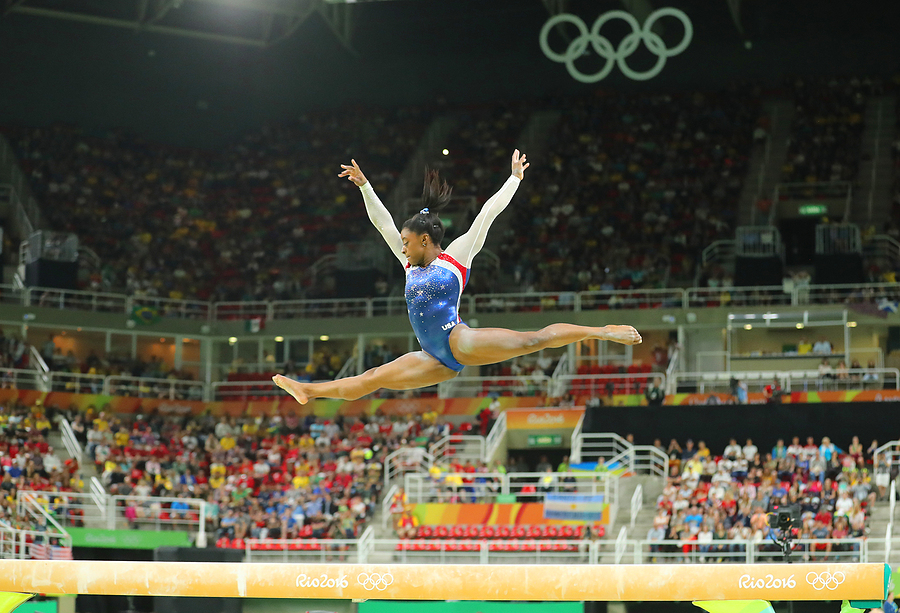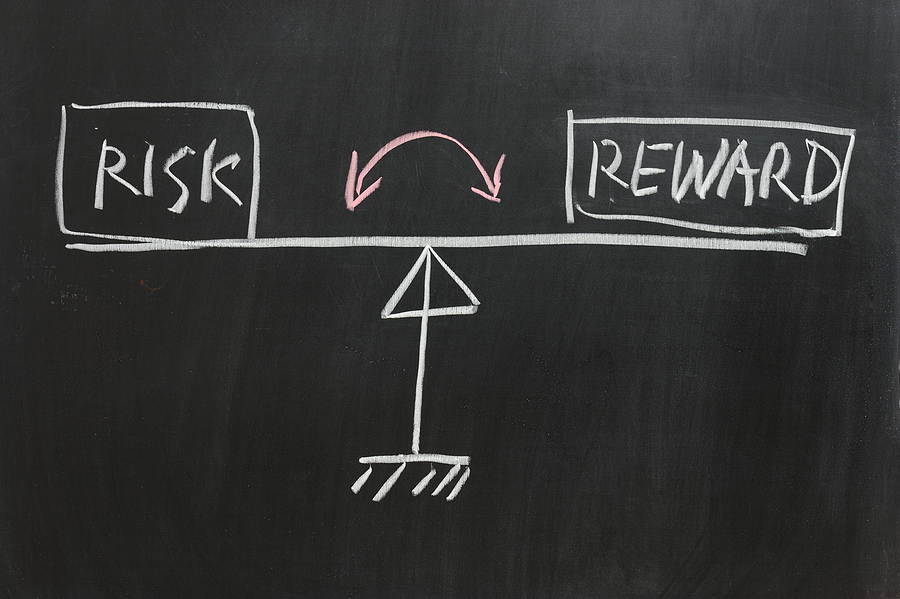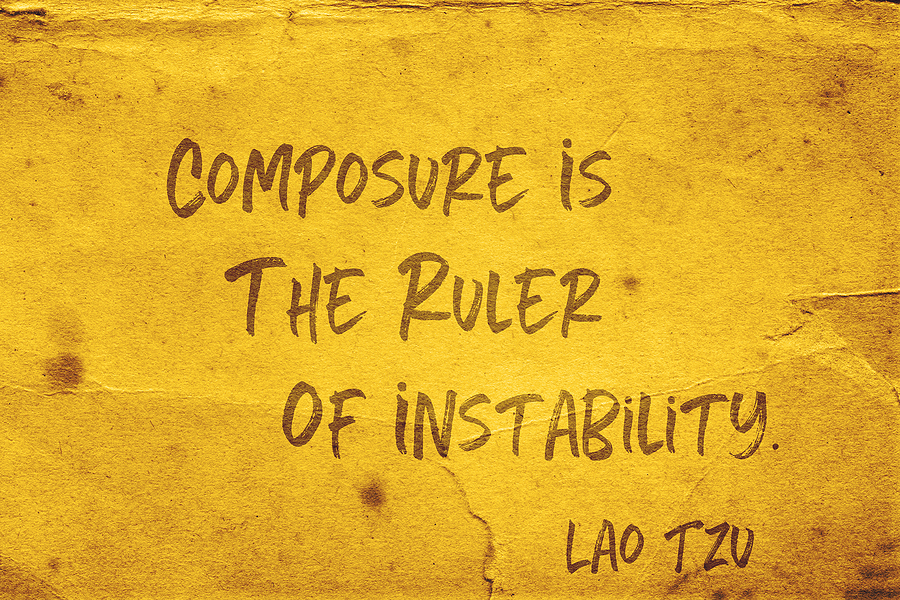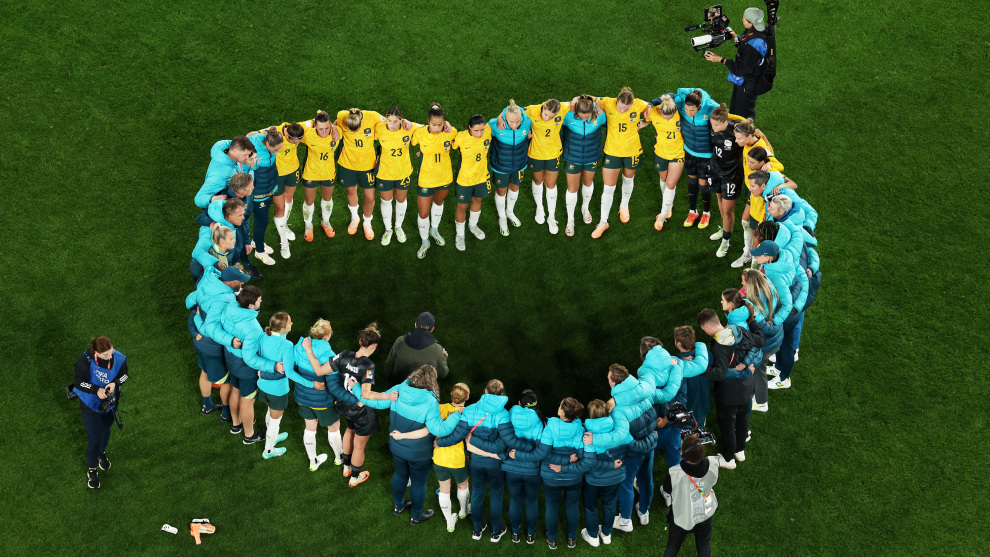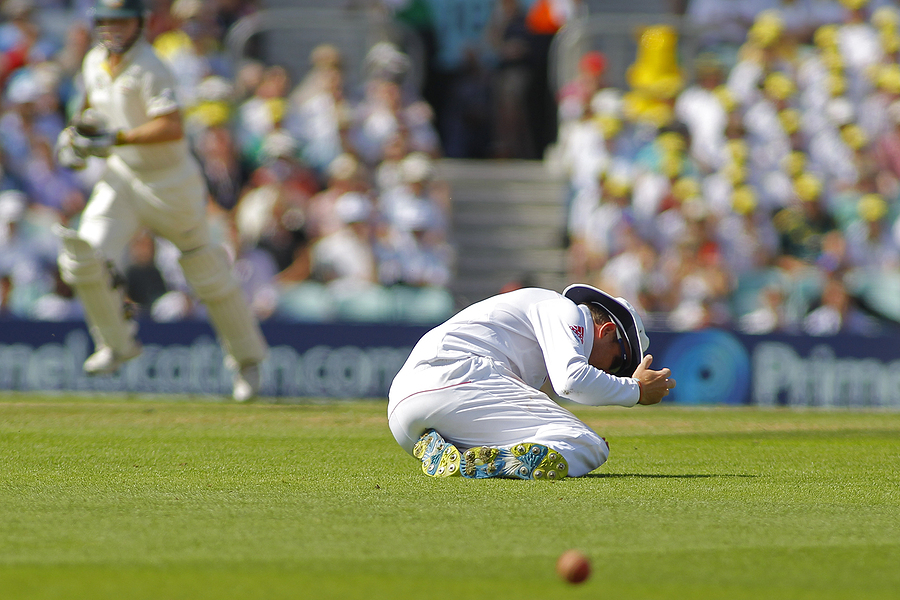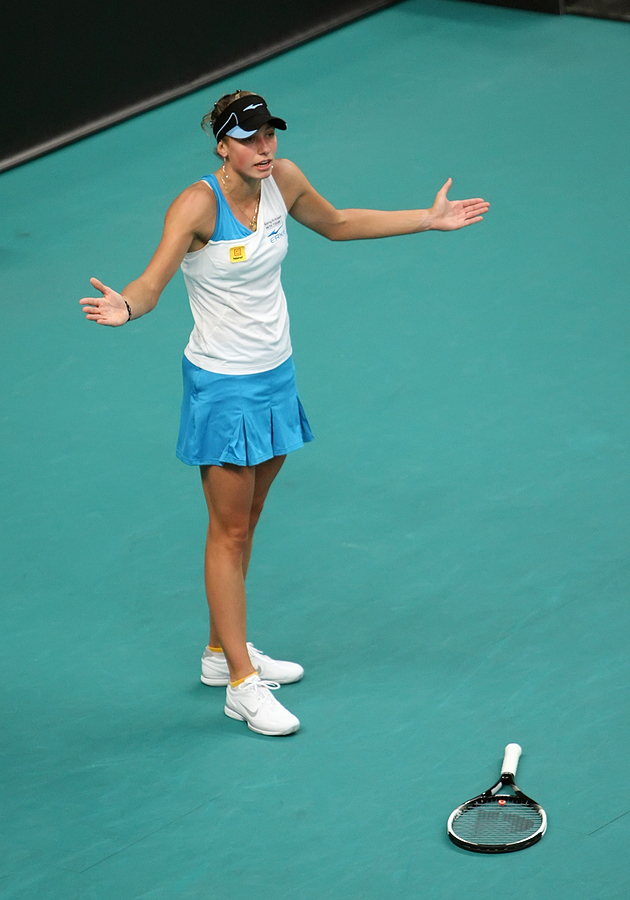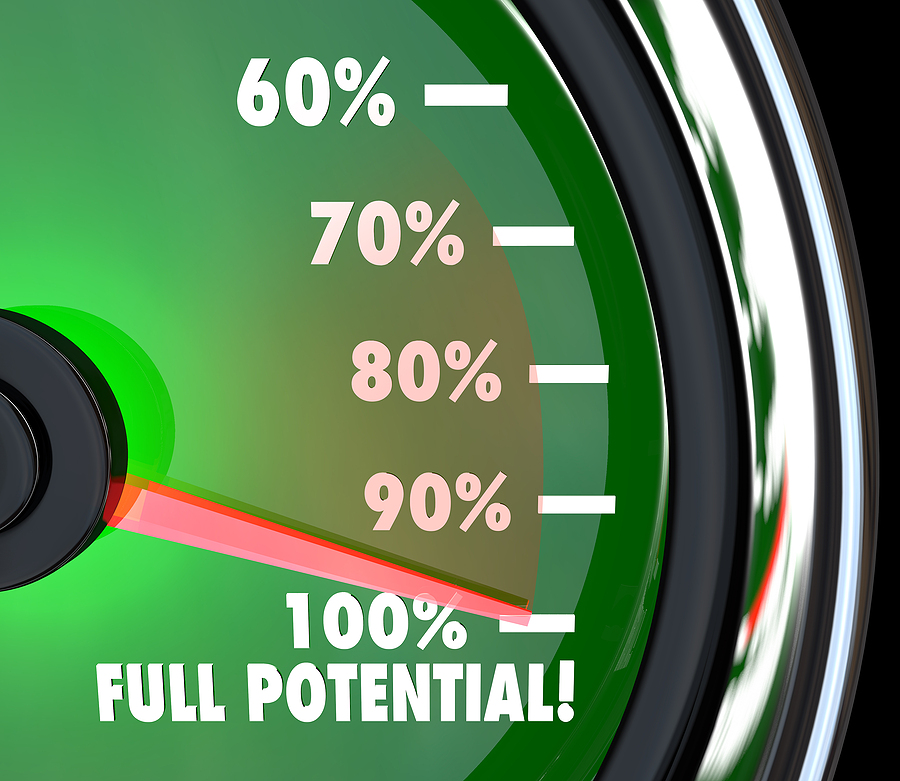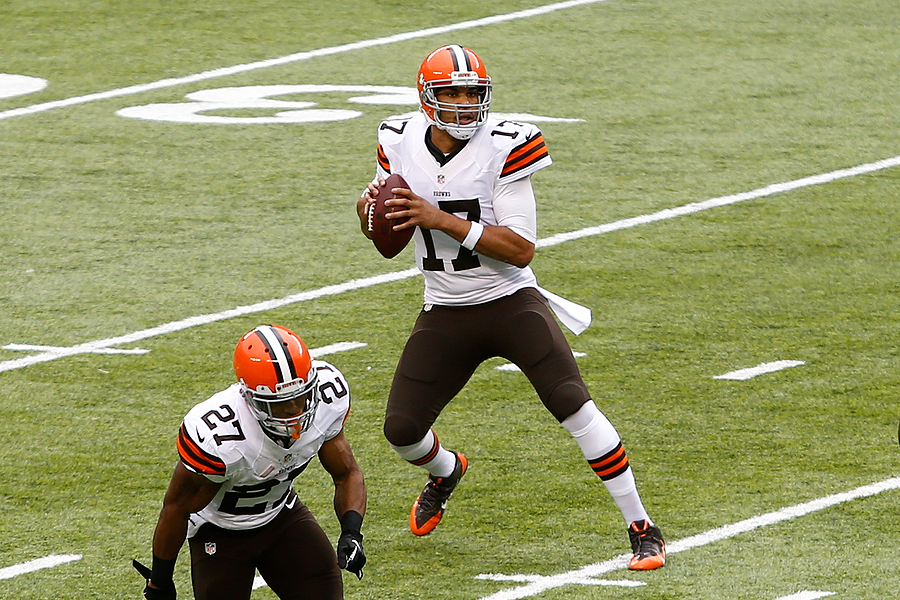
Sleep and Performance 101
Do you know what LeBron James and Roger Federer share in common? Aside from being two of the greatest athletes of their generation in their respective sports, they both prioritise sleep as a critical component of their training plan. Roger reportedly sleeps for 10-12 hours a night, while LeBron is said to sleep for 8-10 hours plus take naps.
Now while we wouldn’t know that their athletic success is due to their sleep habits, likely, their ability to perform at a high level for a long time consistently (both had had professional sporting careers spanning 20+ years) has been supported by the importance they have placed on getting plenty of good quality sleep. While training, nutrition, and recovery techniques get plenty of attention in athletic circles, quality sleep remains a secret weapon in optimising performance, preventing injury, and accelerating recovery. And as demonstrated by LeBron James and Roger Federer, their commitment to sleep might be the performance advantage that helps you elevate your game.
Why Sleep Matters for Athletes
Physical Recovery Happens During Sleep

During deep sleep, the body goes into repair mode. Growth hormone is released, muscle tissue is rebuilt, and energy stores are replenished. This process is cut short without adequate rest, leaving athletes more vulnerable to fatigue and injury.
Cognitive Performance and Reaction Time
Sport isn’t just physical—it’s mental. Sleep deprivation has been shown to slow reaction time, impair decision-making, and reduce focus. For high-speed or strategic sports athletes, this can mean the difference between winning and losing.
Injury Prevention
Research has found that athletes who sleep fewer than 8 hours per night are at significantly higher risk of injury. Poor sleep affects coordination, increases stress hormone levels, and disrupts motor function.
Mood and Motivation
Lack of sleep can contribute to irritability, anxiety, and decreased motivation, which can impact training consistency and competitive edge. It can also diminish our mental well-being, affecting athletes inside and outside of sport.
How Much Sleep Do Athletes Need?
Most adults need 7-9 hours of sleep per night, yet many struggle to consistently attain this recommendation. The modern world we live in, particularly environmental and lifestyle factors such as bright artificial lighting, smartphones, overheating our houses, noise pollution, and streaming services designed to keep us watching “just one more episode” before bed, all conspire against us when it comes to getting adequate sleep. Further, even when people can get 7+ hours of sleep per night, the quality of sleep is often poor, leaving us tired, groggy, irritable, and unmotivated the next day. Sleep disturbance is a big issue for everyone, and athletes, it can be detrimental to performance.
Athletes may need even more sleep than non-athletes, with 9-10 hours per night beneficial for recovery and performance, especially during intense training periods. Yet research consistently demonstrates that athletes often struggle to get 7 hours of sleep per night. In addition to the lifestyle and environmental factors mentioned previously that can affect sleep for adults, athletes face additional challenges that may impact their capacity for sleep. Late-night training sessions or competitions, early morning training sessions, travel, and performance pressure can also compromise an athlete’s sleep. Further, athletes often struggle to get sufficient sleep at night before a competition due to anxiety about the upcoming performance. Fortunately, with some committed action and practical strategies, sleeping habits can be improved, and you too can prioritise your sleep just like Roger Federer and LeBron James.
Tips for Better Sleep and Recovery
- Consistency is key: Sleep loves consistency, so try to sleep and wake up simultaneously every day, even on rest days. A consistent sleep schedule helps our body’s internal biological clock remain regulated, improving our sleep quality.
- Create a sleep-friendly environment: Our brains evolved from our prehistoric caveman ancestors, so we must create our sleeping environments accordingly. Cool, dark, and quiet rooms promote better sleep. It also pays to have a clean bedroom, as clutter can create stress, which can inhibit our capacity for optimal sleep.
- Use your bed only for sleep: Our brains love association. And one of the best associations we can develop for ourselves is between bed and sleep. To help optimise sleep, we want to spend as much time as possible while sleeping in bed. This means that we don’t want to use our beds as a place to scroll on our phones, watch TV/movies, study, or work.
More Tips …
- Wind down properly: Just like you complete a cool down after a training session as part of your recovery, a pre-sleep routine can help you wind down and signal to your body that it’s time to rest. A hot shower or bath, soft lighting, journaling, reading, gentle stretching, deep breathing, and relaxation exercises can all be practical activities to help us relax and promote rest. Mindfulness exercises and/or meditation can also be helpful.
- Don’t try too hard: As athletes, you push yourself, work hard, and exert maximum effort. It’s what we do to get the best out of ourselves and achieve our performance goals. However, when it comes to sleep, trying too hard makes things worse, not better. We can’t force sleep. So, relax in bed and let sleep come to you.
- It’s okay if you don’t sleep well the night before a competition. We get nervous about things that we care about, so it is normal to feel some anxiety prior to a competition or performance. As important as sleep is for optimal performance, humans are more resilient than we think. In the short term, performance does not suffer if you don’t get adequate sleep. Remember, one night of bad sleep won’t undo years of training and preparation.
Final Thoughts
Sleep isn’t a luxury—it’s a performance tool and critically important for human functioning, physical performance, cognitive performance, mental well-being, and recovery. Whether you’re training for a marathon, trying to hit a new PR, or just want to feel more energised during your workouts, making sleep a priority can elevate your performance in ways no supplement or gadget ever could.
So, do your body and game a favour tonight and prioritise sleep. And if you need a helping hand, get in touch today.




